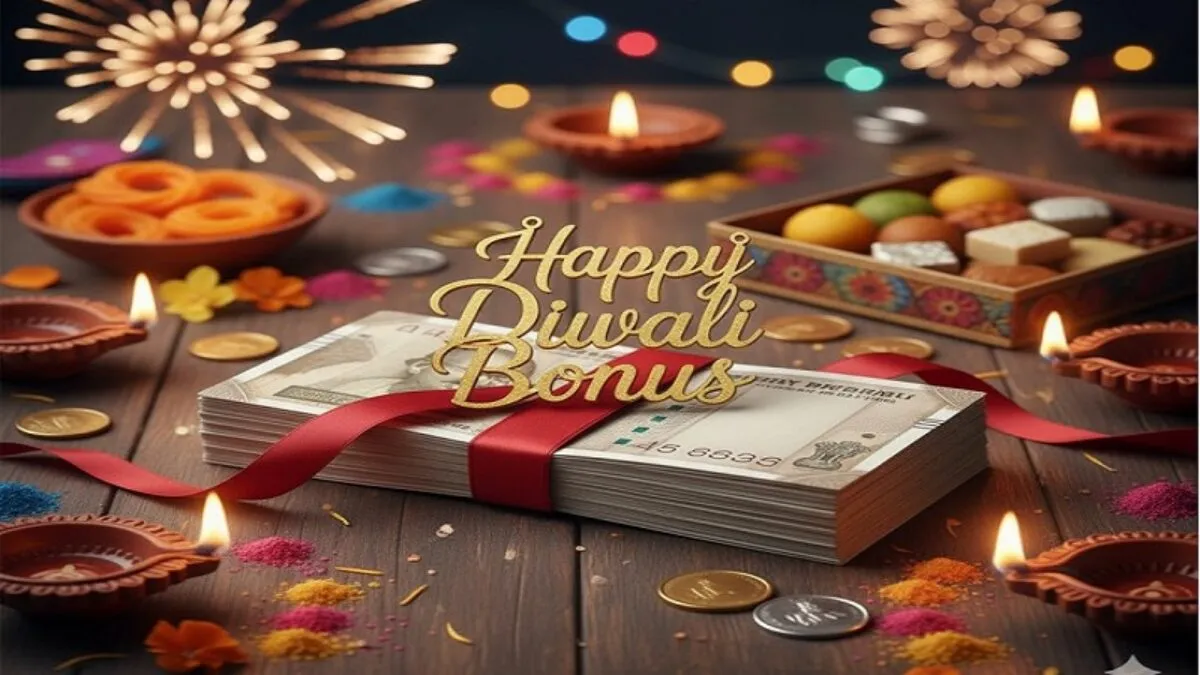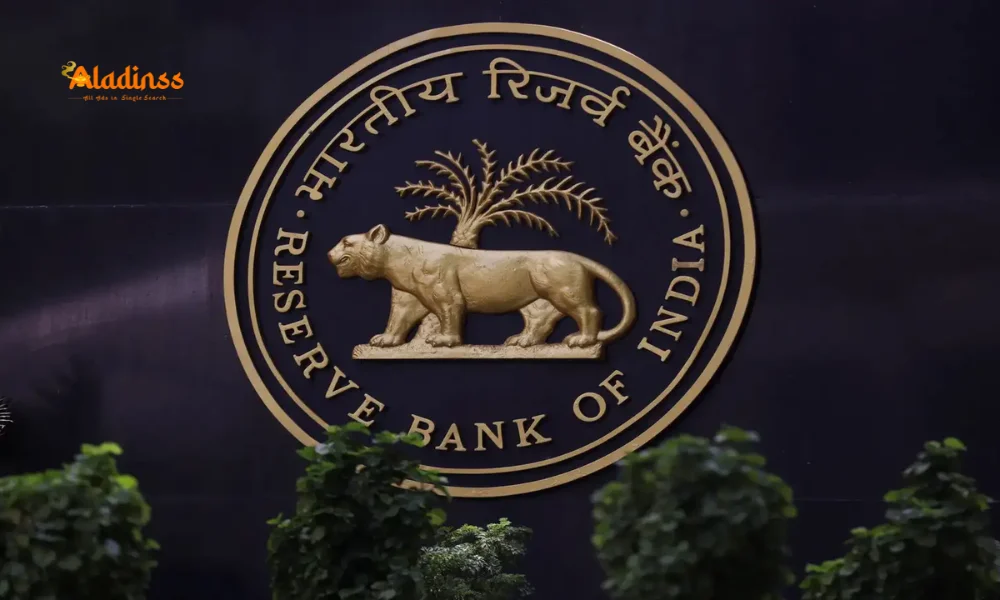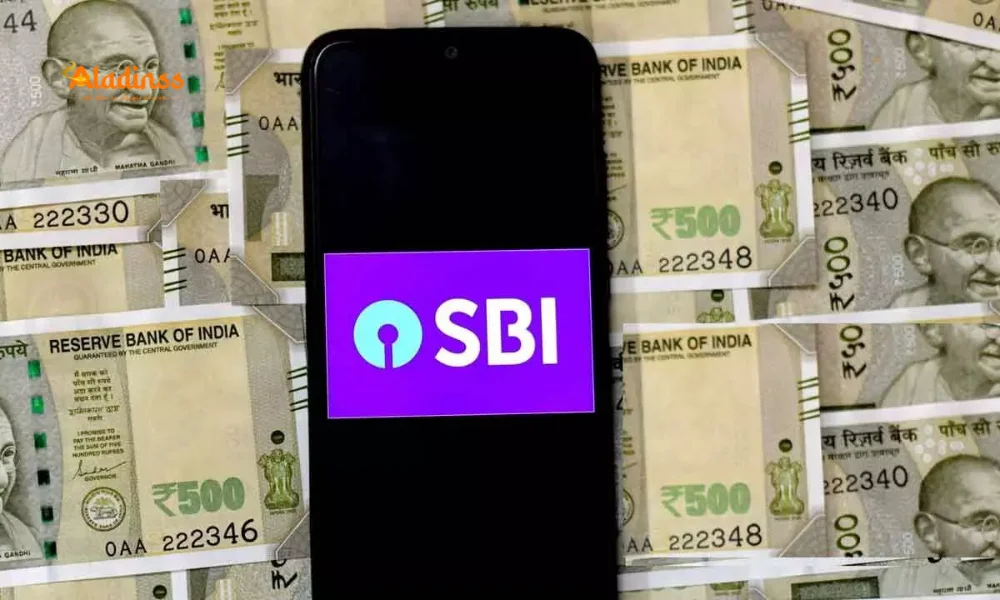Is Diwali Bonus Taxable? 2025 Tax Rules Guide

Is Diwali Bonus Taxable in 2025? Essential Insights for Salaried Employees
With Diwali 2025 just around the corner, the excitement of festive bonuses and gifts is palpable among employees nationwide. These rewards-ranging from cash incentives to hampers of sweets, vouchers, or even gadgets-serve as a token of appreciation from employers. However, many overlook the tax implications, potentially leading to surprises during ITR filing. Understanding whether diwali bonus taxable status applies can help you plan better, ensuring compliance while maximizing your take-home joy.
Cash bonuses, in particular, form a significant part of this festive cheer, often boosting monthly salaries substantially. Yet, under Indian tax laws, these perks aren't entirely free from scrutiny. Gifts from employers carry specific exemptions, but exceeding certain thresholds triggers taxation as perquisites, integrated into your overall income. As the festival approaches, getting a grip on tax on diwali gifts from employer rules is crucial to avoid penalties or reassessment notices.
Proactively reporting these in your returns not only ensures smooth compliance but also leverages available deductions for a lighter tax load. Let's break down the nuances to empower your festive finances.

Also Read: Gold Silver Price Prediction: Dip Soon?
Decoding Tax on Diwali Gifts: Exemption Limits and Rules
When it comes to non-monetary Diwali surprises like a box of mithai, a festive kurta, or a modest smartwatch, the Income Tax Act offers a breather. Under Section 17(2), gifts from employers valued up to Rs 5,000 in a financial year remain fully exempt from tax. This threshold applies to the aggregate value of all such perks received annually, making it a handy limit for modest celebrations.
Cross this line, however, and the entire amount becomes taxable as a perquisite, lumped into your salary income. For example, a Rs 6,000 gift hamper means the full Rs 6,000 joins your taxable earnings, attracting slab rates. This rule, unchanged in Budget 2025, underscores the need for employers to issue Form 16 reflecting these values accurately.
Employees often receive mixed perks-say, Rs 3,000 in sweets and Rs 4,000 in vouchers-totaling Rs 7,000, rendering the whole sum taxable. Tracking these via payslips or emails prevents oversights, especially with hybrid work blurring receipt lines. For NRIs or those under old regime, the same cap holds, though deductions like HRA might offset impacts differently.
Cash Bonuses Under the Microscope: Full Taxability Explained
Unlike gifts, Diwali cash bonuses-be it a flat Rs 10,000 or performance-linked sums-fall squarely under salary head per Section 17(1). There's no exemption cap; every rupee integrates into your gross income, taxed per your slab. A Rs 50,000 bonus for a mid-level manager in the 20% bracket adds Rs 10,000 to their liability, minus any TDS already withheld.
Employers typically deduct TDS at source, but discrepancies arise if bonuses push you into higher slabs unexpectedly. For FY 2025-26, this means factoring bonuses into ITR-1 or ITR-2 filings by July 31, 2026. Non-reporting risks Section 271(1)(c) penalties up to 200% of evaded tax, a festive faux pas best avoided.
Hybrid models complicate matters-remote workers might receive bonuses via UPI, yet tax treatment remains identical. Salaried folks in startups or gig economies should verify if these qualify as 'salary' or 'professional fees,' the latter attracting presumptive taxation under Section 44ADA.
Navigating the New Tax Regime: Slabs and Reliefs for 2025
The default new tax regime for AY 2025-26 streamlines slabs, offering lower rates sans most deductions. Key brackets include nil tax up to Rs 4 lakh, 5% on Rs 4-8 lakh, 10% on Rs 8-12 lakh, 15% on Rs 12-16 lakh, 20% on Rs 16-20 lakh, 25% on Rs 20-24 lakh, and 30% above Rs 24 lakh. This progressive structure means a Rs 30,000 bonus on a Rs 10 lakh base income might nudge you into the 10% band partially.
A standout feature is the enhanced rebate under Section 87A, now up to Rs 60,000 for incomes below Rs 12 lakh, effectively making earnings up to Rs 12 lakh tax-free after adjustments. Standard deduction rises to Rs 75,000, cushioning salaried folks further. Opting out for the old regime? It unlocks 80C investments but higher rates-compare via calculators for your scenario.
- Nil up to Rs 4 lakh: Ideal for entry-level earners.
- 5% on Rs 4-8 lakh: Minimal bite for modest hikes.
- Rebate boost: Zero tax till Rs 12 lakh post-deductions.
For Diwali windfalls, simulate impacts- a Rs 20,000 bonus on Rs 9 lakh income stays under 5-10% effective rates, but consult tools for precision.
Reporting Requirements: ITR Filing and Compliance Tips
All bonuses and taxable gifts must feature in Schedule S of your ITR, under 'Salary' or 'Perquisites.' Employers' Form 16 captures these, but verify against bank statements to flag discrepancies. E-filing via the portal simplifies this, with pre-filled data from AIS easing verification.
Deadlines loom-furnish by July 31, with belated options till December 31 at extra cost. Advance tax payers should adjust Q3/Q4 installments if bonuses arrive early, avoiding 1% monthly interest under Section 234B/C. Gig workers or freelancers treating bonuses as business income claim expenses like travel for client meets.
Audit trails matter-retain bonus memos and gift invoices for five years, as ITD's faceless assessments scrutinize high-value entries. Tools like ClearTax or Groww automate computations, flagging optimizations.
Strategies to Minimize Tax Impact on Festive Rewards
While unavoidable, smart moves soften the blow. Under old regime, channel bonuses into ELSS or PPF for 80C deductions up to Rs 1.5 lakh, yielding 7-12% returns tax-free. NPS contributions under 80CCD(1B) add Rs 50,000 extra shelter.
New regime loyalists benefit from family pensions or gratuity exemptions, but for bonuses, deferral via company ESOPs spreads liability. Gift-savvy? Request employer bundles under Rs 5,000 to stay exempt, or opt for meal coupons qualifying as non-taxable welfare.
- 80C investments: Turn bonuses into deductible assets.
- Standard deduction: Rs 75,000 buffer for all.
- Rebate leverage: Keep total under Rs 12 lakh for nil tax.
High earners explore LTCG offsets or health insurance premiums, blending festive funds with year-end planning for holistic savings.
Common Pitfalls and How to Steer Clear
Overlooking TDS mismatches tops errors-bonuses might trigger excess withholding, claimable as refunds. Gig platforms like UrbanClap classifying bonuses as fees invites reclassification risks if audited.
Foreign postings? DTAA treaties might exempt, but report via Schedule FA. Women employees leverage Section 80C for family policies, amplifying relief. Stay updated via CBDT notifications, as mid-year tweaks like slab revisions could alter landscapes.
Consult CAs for bespoke advice, especially if bonuses exceed Rs 1 lakh, triggering higher scrutiny.
Diwali 2025: Balancing Festive Cheer with Fiscal Prudence
As crackers light up skies, let knowledge illuminate your finances. Diwali bonuses, while taxable, fuel dreams when channeled wisely-be it EMIs or investments. Embrace compliance as empowerment, turning potential liabilities into stepping stones for prosperity.
This season, celebrate not just lights, but the savvy of informed earnings. With slabs favoring lower earners and rebates expanding, 2025's regime offers more than meets the eye-seize it for a brighter fiscal Diwali.
Comment / Reply From
No comments yet. Be the first to comment!









